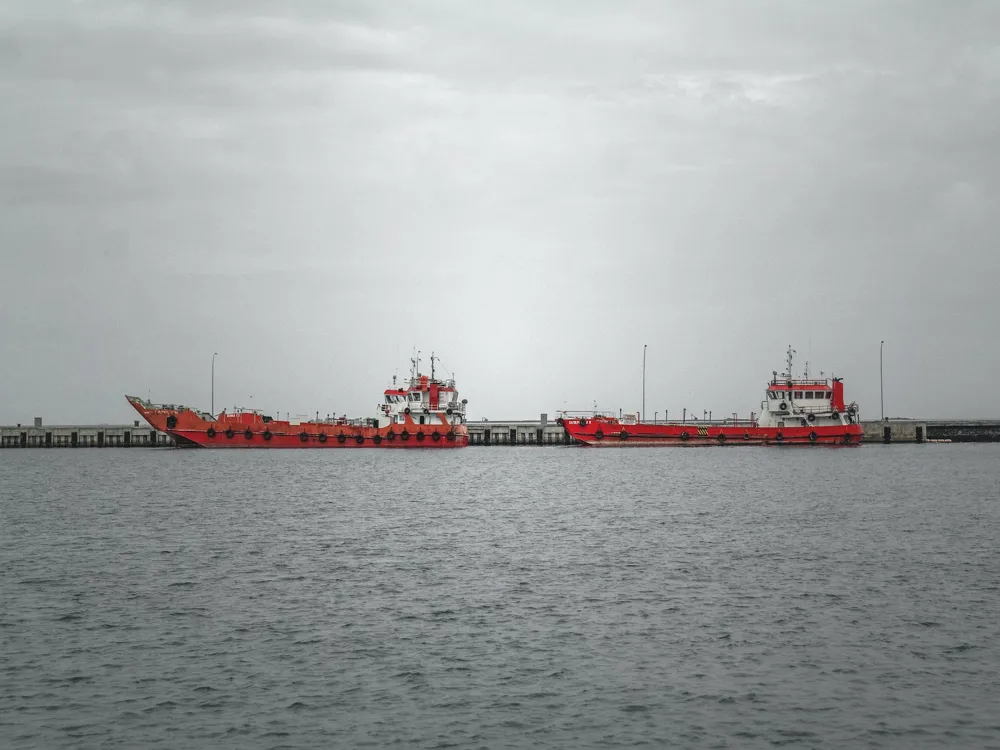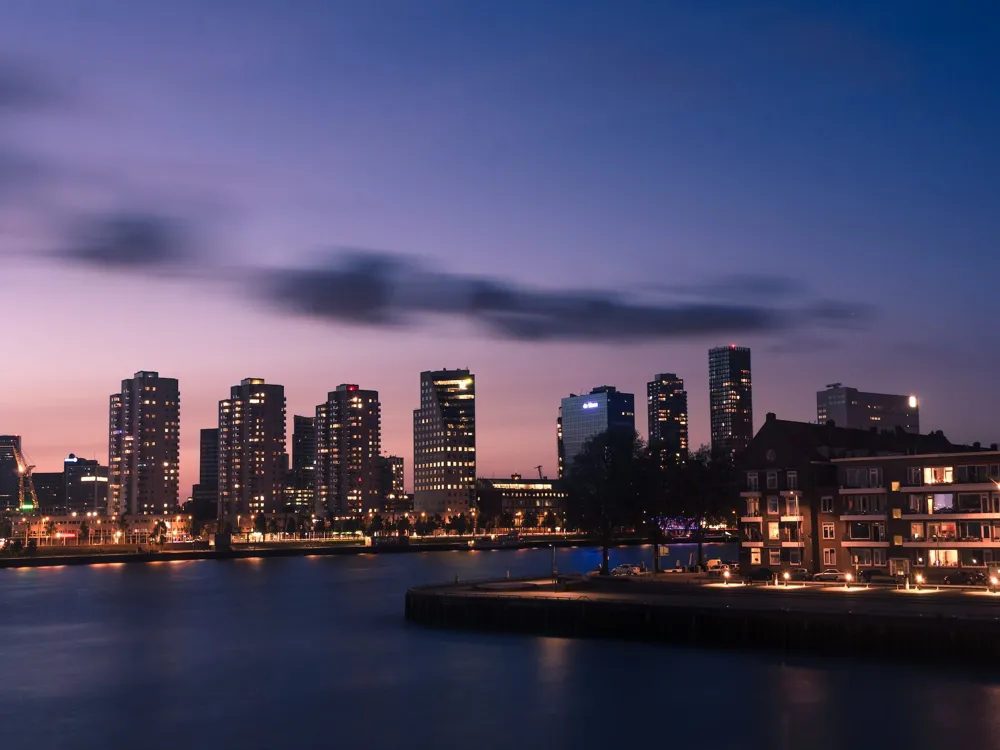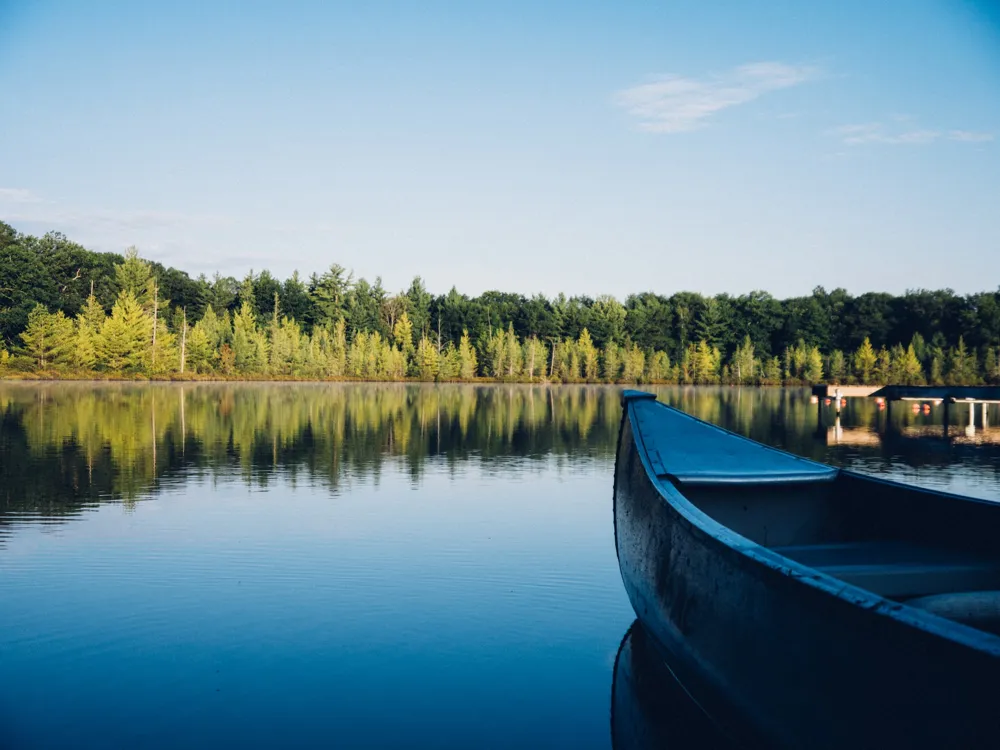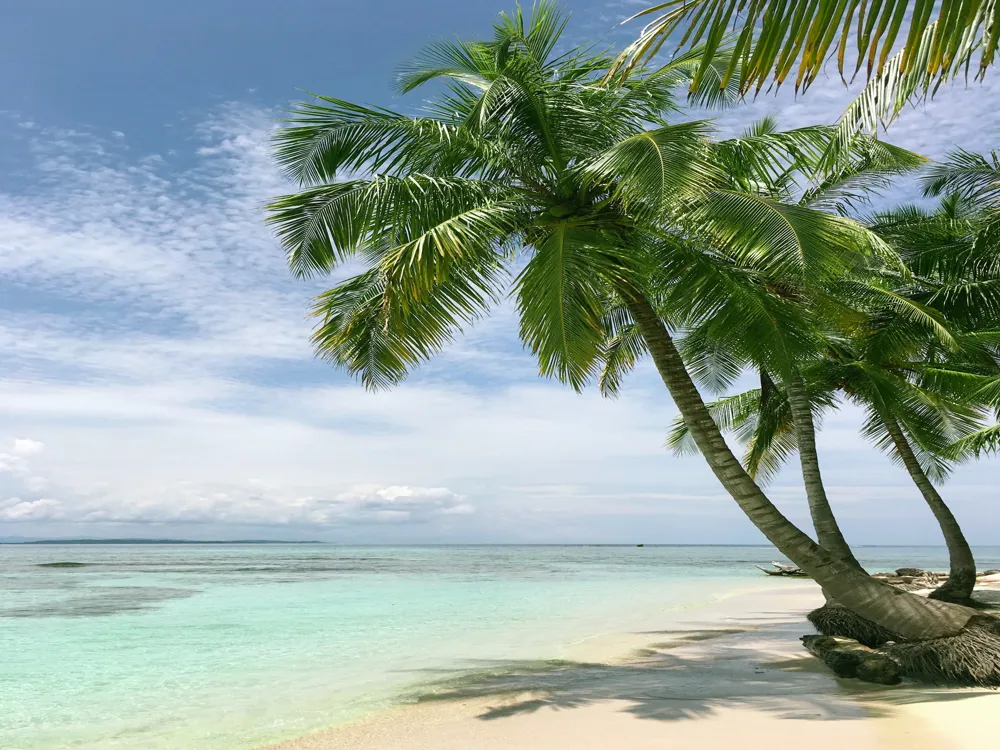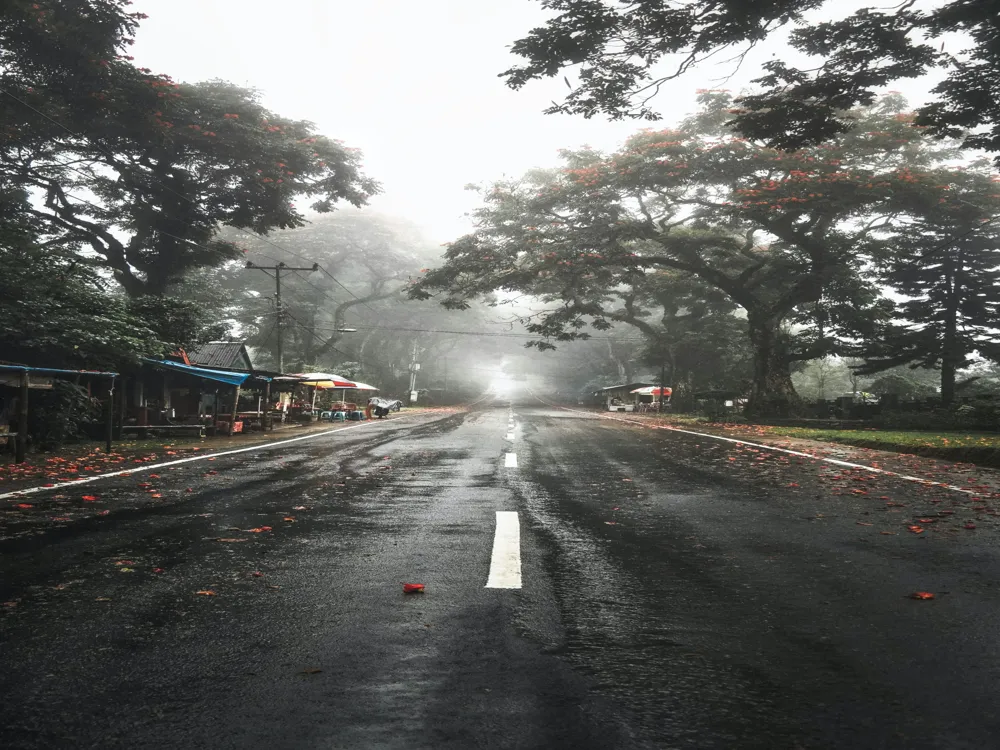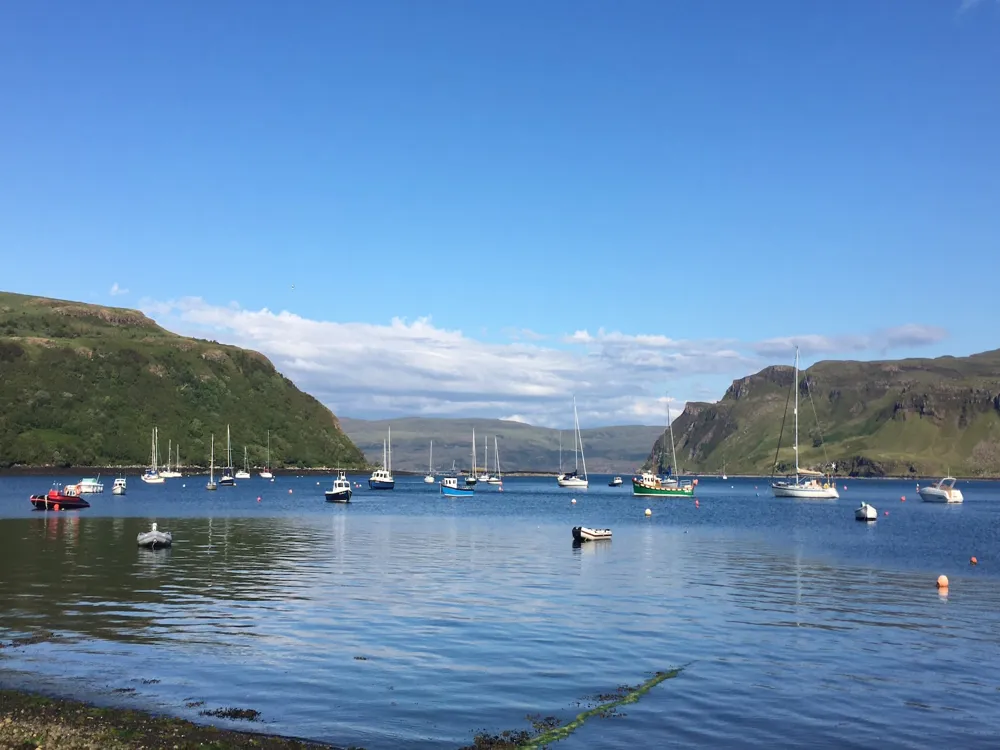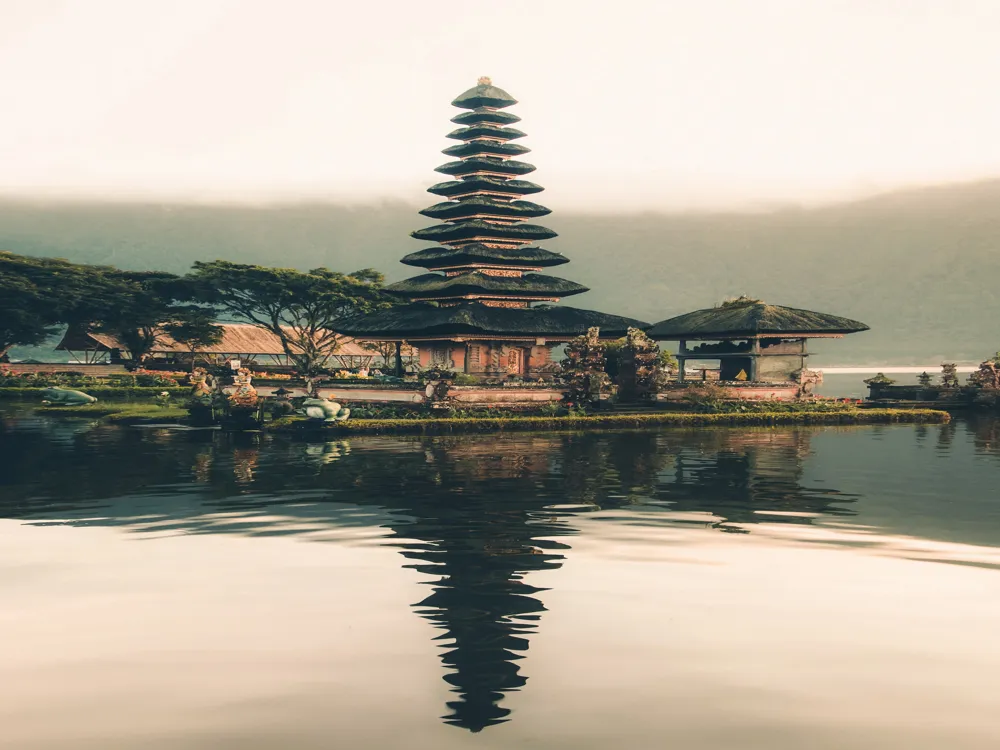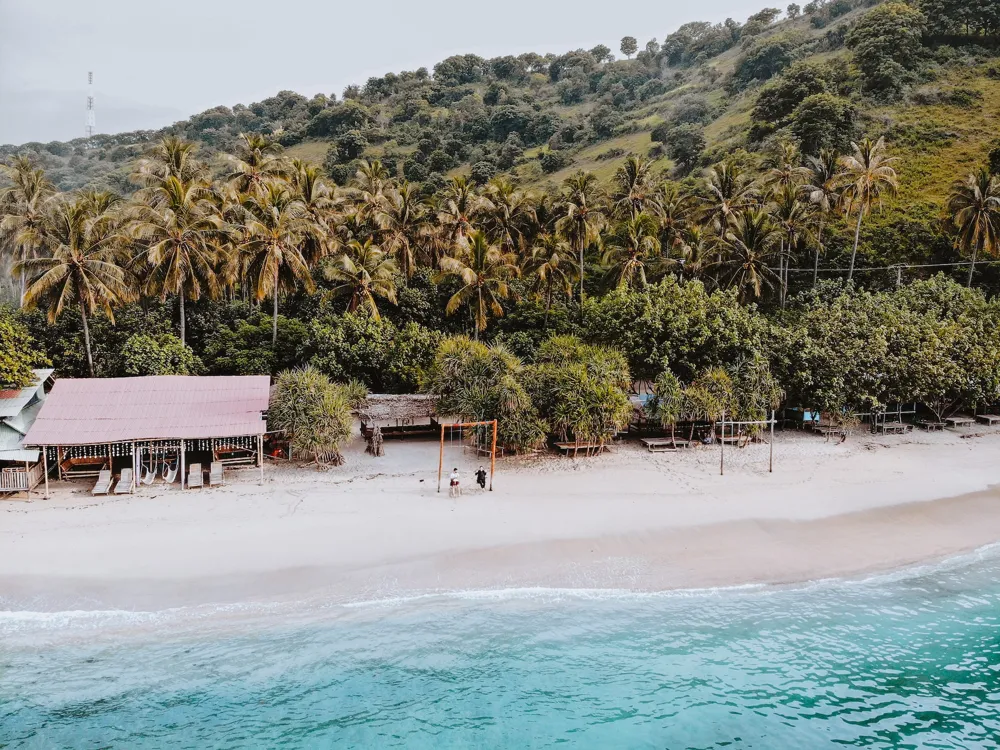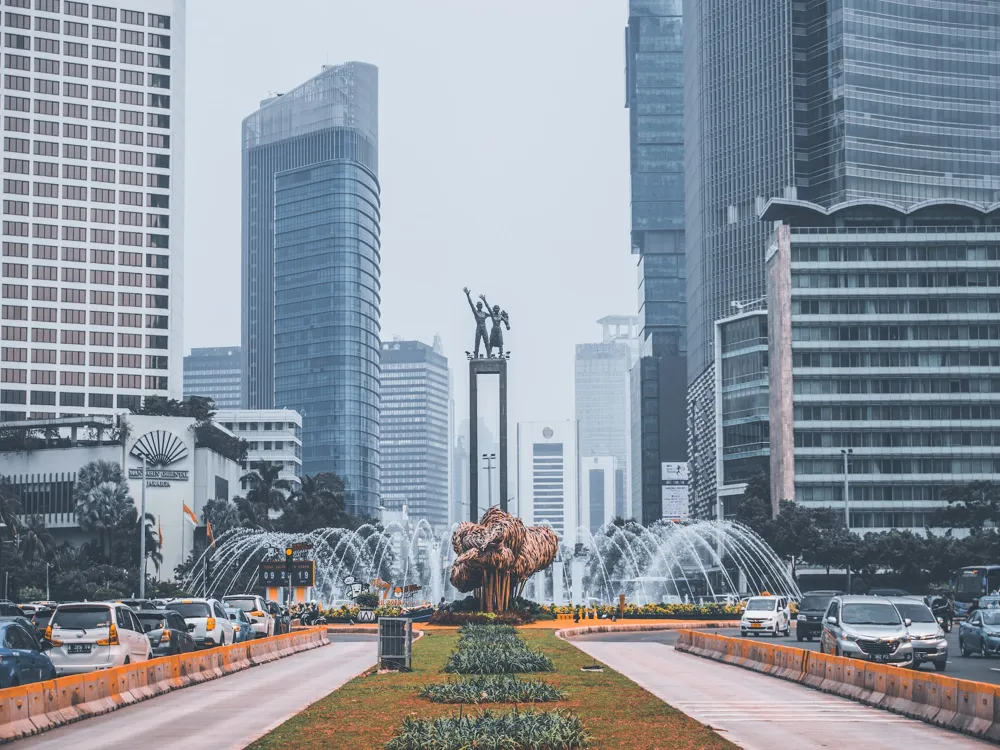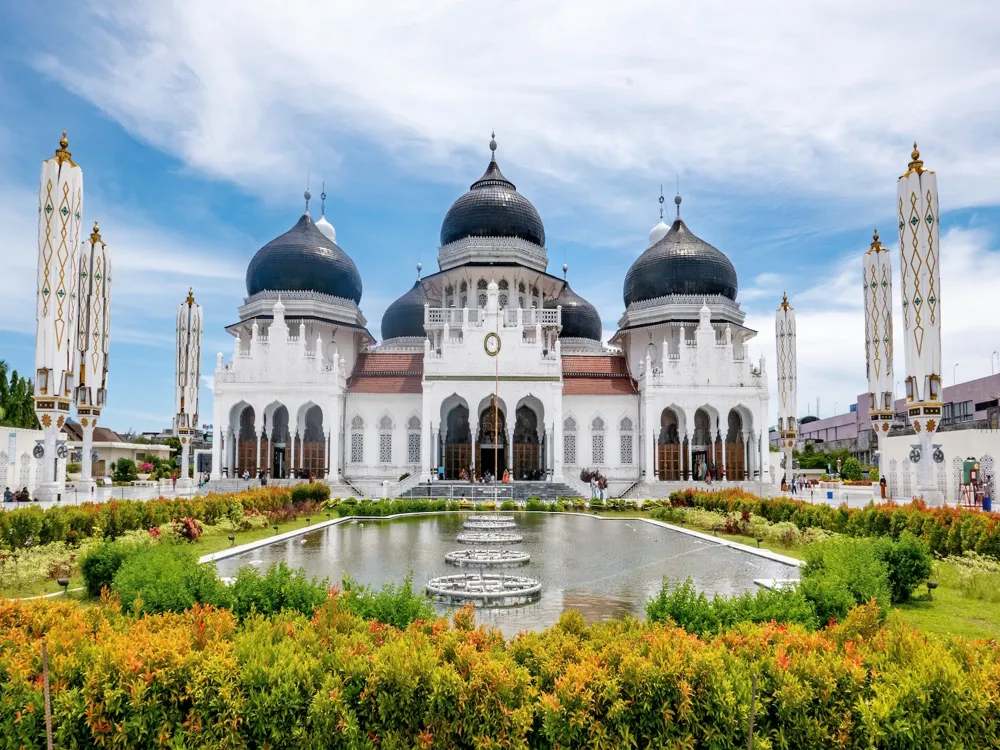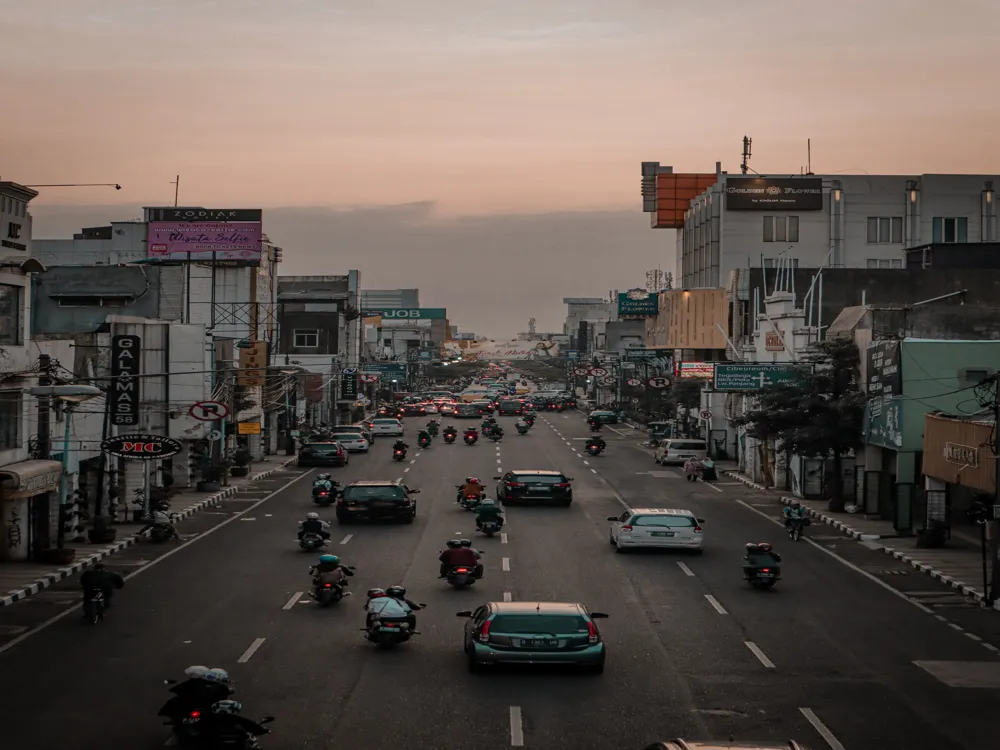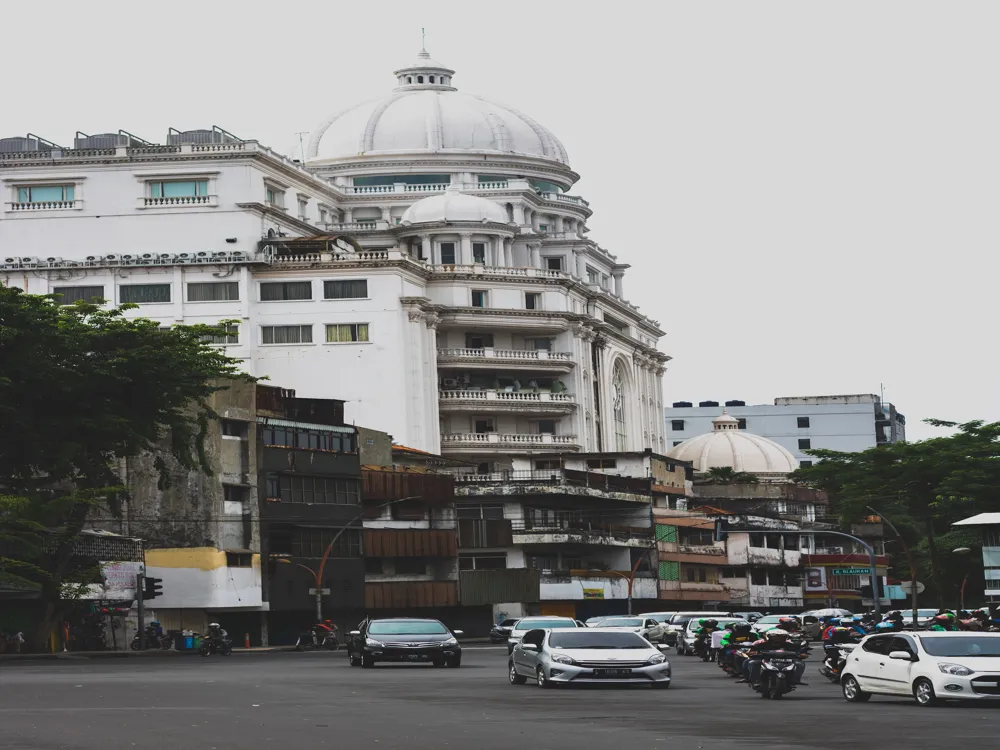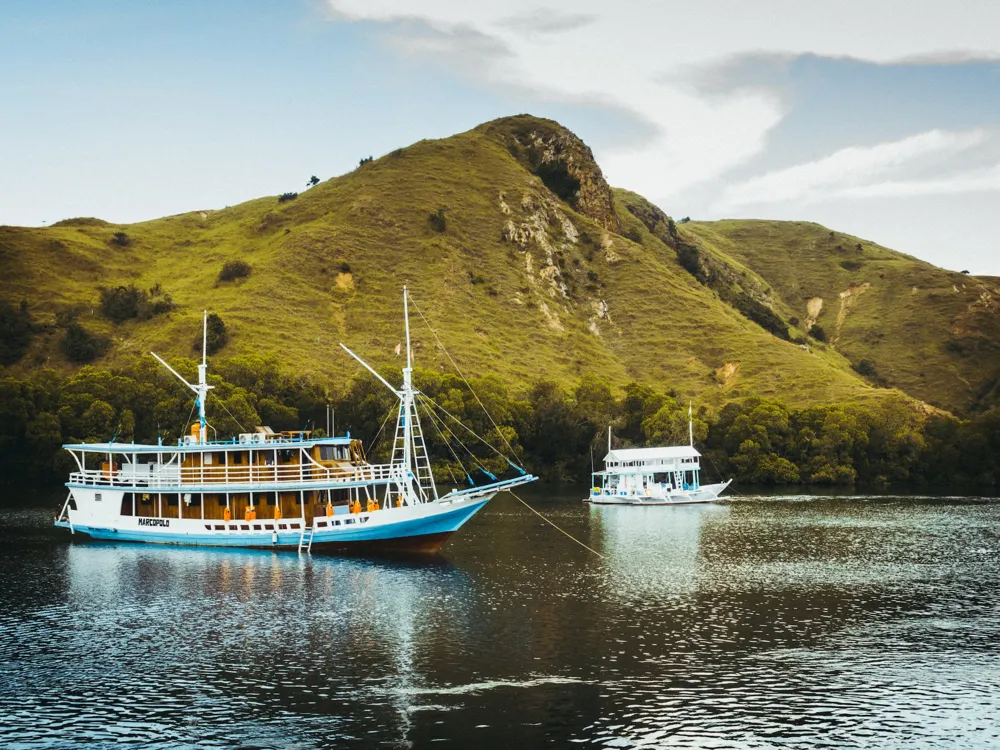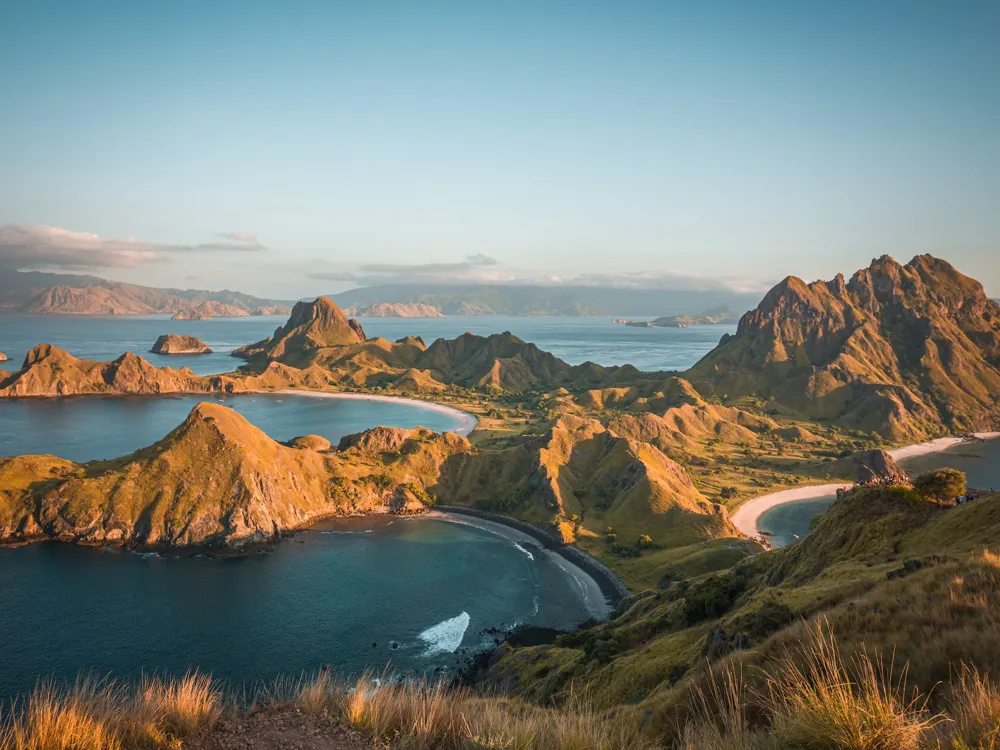Paotere Harbour, nestled in the bustling city of Makassar, Indonesia, is not just a traditional port but a living testament to the rich maritime history of the region. This historic harbor has been an integral part of the Sulawesi landscape for centuries, serving as a crucial link in the spice trade that once spanned the globe. Today, Paotere Harbour stands as a vibrant blend of history, culture, and commerce, attracting visitors from around the world. The harbor's lifeblood is its fleet of traditional Pinisi boats, wooden sailing ships that are a symbol of Indonesia's maritime heritage. These boats, with their distinct design and impressive craftsmanship, continue to ply the waters, carrying goods and stories alike. The harbor's atmosphere is charged with the energy of bustling trade, the shouts of fishermen, and the vibrant colors of the boats and their sails. Visitors to Paotere Harbour are greeted by a sensory overload: the smell of fresh sea air mingled with the aroma of local cuisine, the sight of azure waters contrasting with the colorful boats, and the sound of waves lapping against the docks. This is a place where tradition meets modernity, where the stories of the past are interwoven with the narratives of the present. But Paotere Harbour is more than just a picturesque location; it is a hub of economic activity. It plays a critical role in the local economy, with fishermen and traders bringing in their daily catch and goods, contributing significantly to the sustenance of the local community. The harbor also serves as a gateway for explorers aiming to delve into the lesser-known areas of Sulawesi and beyond. The harbor's importance extends beyond economics; it is a cultural treasure. The Pinisi boats are not just vessels; they are a craft passed down through generations, a symbol of the resilience and skill of the Bugis people, the ethnic group native to this region. The harbor thus serves as a living museum, showcasing the maritime traditions that have shaped the identity of Sulawesi and Indonesia as a whole. The architecture of Paotere Harbour is a fascinating blend of traditional Indonesian maritime design and modern functionality. At the heart of this architectural marvel are the Pinisi boats, which are a testament to the ingenuity and craftsmanship of the Bugis people. These boats, built using age-old techniques passed down through generations, are made entirely of wood, without the use of modern tools or blueprints. Each boat is a unique piece of art, reflecting the skills and dedication of its builders. The design of the Pinisi boats is not just about aesthetics; it's a reflection of the deep understanding the Bugis have of the sea and sailing. The boats are constructed to be sturdy and seaworthy, capable of navigating the challenging waters of the Indonesian archipelago. The use of ironwood, known for its durability and resistance to rotting, ensures that these boats can withstand the harsh marine environment. Apart from the boats, the harbor itself is a blend of traditional and modern architectural elements. The docks are built to accommodate the Pinisi boats, with careful consideration given to the tides and winds that affect the harbor. The use of local materials and construction methods is evident in the infrastructure, which is designed to blend seamlessly with the natural environment and the traditional boats that populate it. The harbor also features a variety of buildings and structures that serve the needs of the fishermen and traders. These include markets, where fresh seafood and local products are sold, warehouses for storage, and simple lodgings for those who work at the harbor. These buildings, while functional, also carry the charm of Sulawesian architecture, with their wooden frames and thatched roofs. In recent years, there has been an effort to modernize the harbor while preserving its traditional character. This includes the introduction of modern facilities and amenities to improve the efficiency and safety of the harbor operations, as well as initiatives to promote sustainable practices in the fishing and trading activities that take place here. The ideal time to visit Paotere Harbour is during the dry season, from May to September. During this period, the weather is more predictable, and the seas are calmer, making it the perfect time for exploring the harbor and its surroundings. Comfortable, light clothing is recommended when visiting Paotere Harbour. The tropical climate can be quite warm, so hats, sunglasses, and sunblock are also advisable. For footwear, opt for comfortable shoes or sandals suitable for walking on uneven surfaces. Don't miss the opportunity to try local Sulawesian cuisine, known for its rich flavors and use of fresh, local ingredients. Seafood is a specialty here, so be sure to try dishes like Coto Makassar or Pisang Epe. Respect local customs and traditions while visiting the harbor. Dress modestly, ask for permission before taking photos of people, and be mindful of local norms, especially when interacting with the fishermen and traders. Take time to explore the surrounding area of Paotere Harbour. Visit the traditional markets, interact with the locals, and maybe even take a trip on one of the Pinisi boats to experience the beauty of the Indonesian archipelago. Paotere Harbour is accessible by various modes of transportation. The most common way to reach the harbor is by road, as it is well-connected to the rest of Makassar. Visitors can opt for taxis, buses, or even rent a car or a motorbike to get to the harbor. For those coming from outside Sulawesi, the nearest airport is Sultan Hasanuddin International Airport in Makassar. From the airport, the harbor is just a short drive away. Additionally, for those interested in a more scenic route, boat services are available from various points within the Indonesian archipelago, offering a unique way to arrive at this historic and bustling harbor. Read MoreOverview of Paotere Harbour of Makassar
Architecture of Paotere Harbour
Tips When Visiting Paotere Harbour
Best Time to Visit
What to Wear
Local Cuisine
Cultural Etiquette
Exploring the Area
How To Reach Paotere Harbour
Makassar Tourism
Best Time to Visit Makassar
How to Reach Makassar
Things To Do Makassar
Paotere Harbour
Makassar
NaN onwards
View makassar Packages
Makassar Travel Packages
View All Packages For Makassar
Top Hotel Collections for Makassar

Private Pool

Luxury Hotels

5-Star Hotels

Pet Friendly
Top Hotels Near Makassar
Other Top Ranking Places In Makassar
View All Places To Visit In makassar
View makassar Packages
Makassar Travel Packages
View All Packages For Makassar
Top Hotel Collections for Makassar

Private Pool

Luxury Hotels

5-Star Hotels

Pet Friendly







